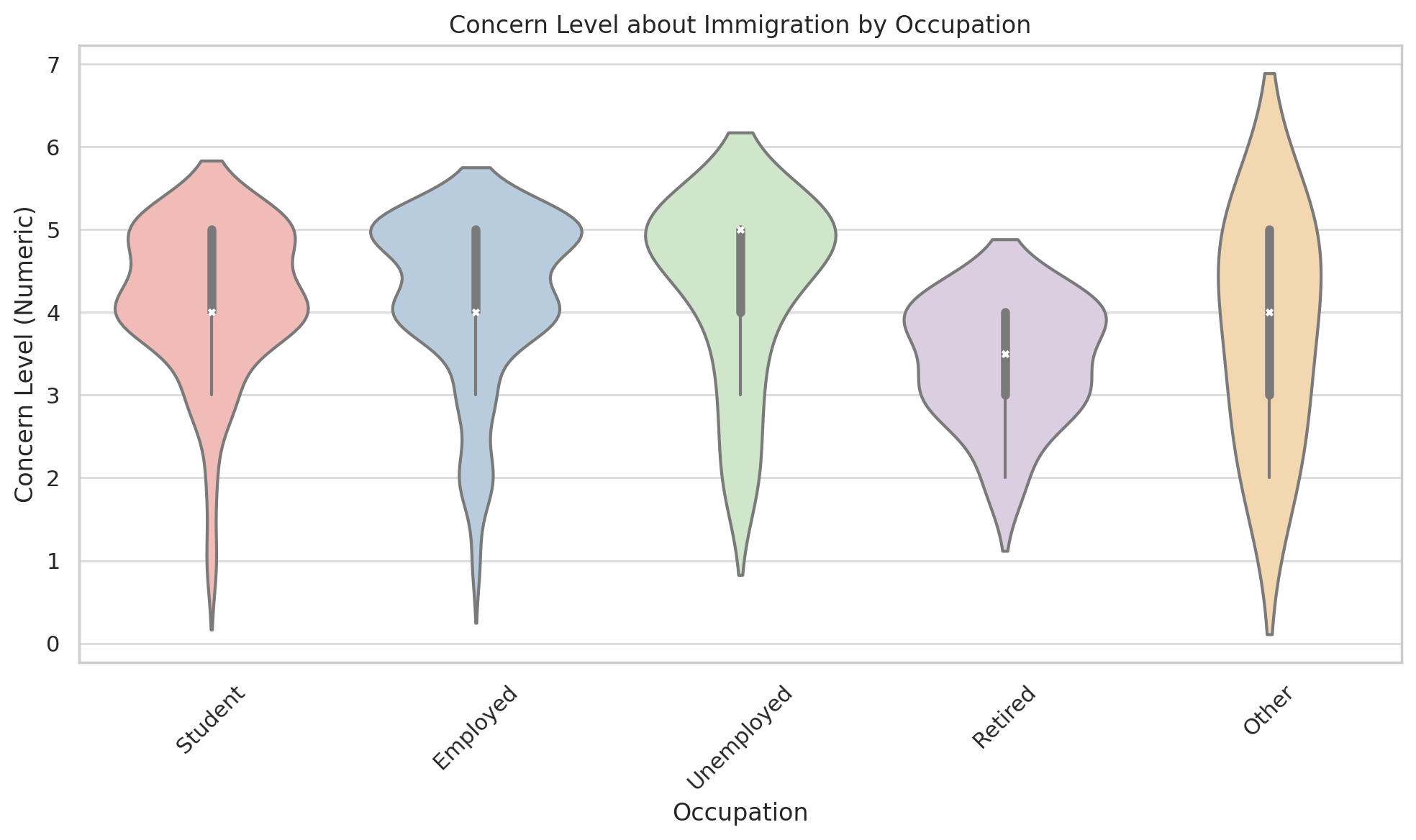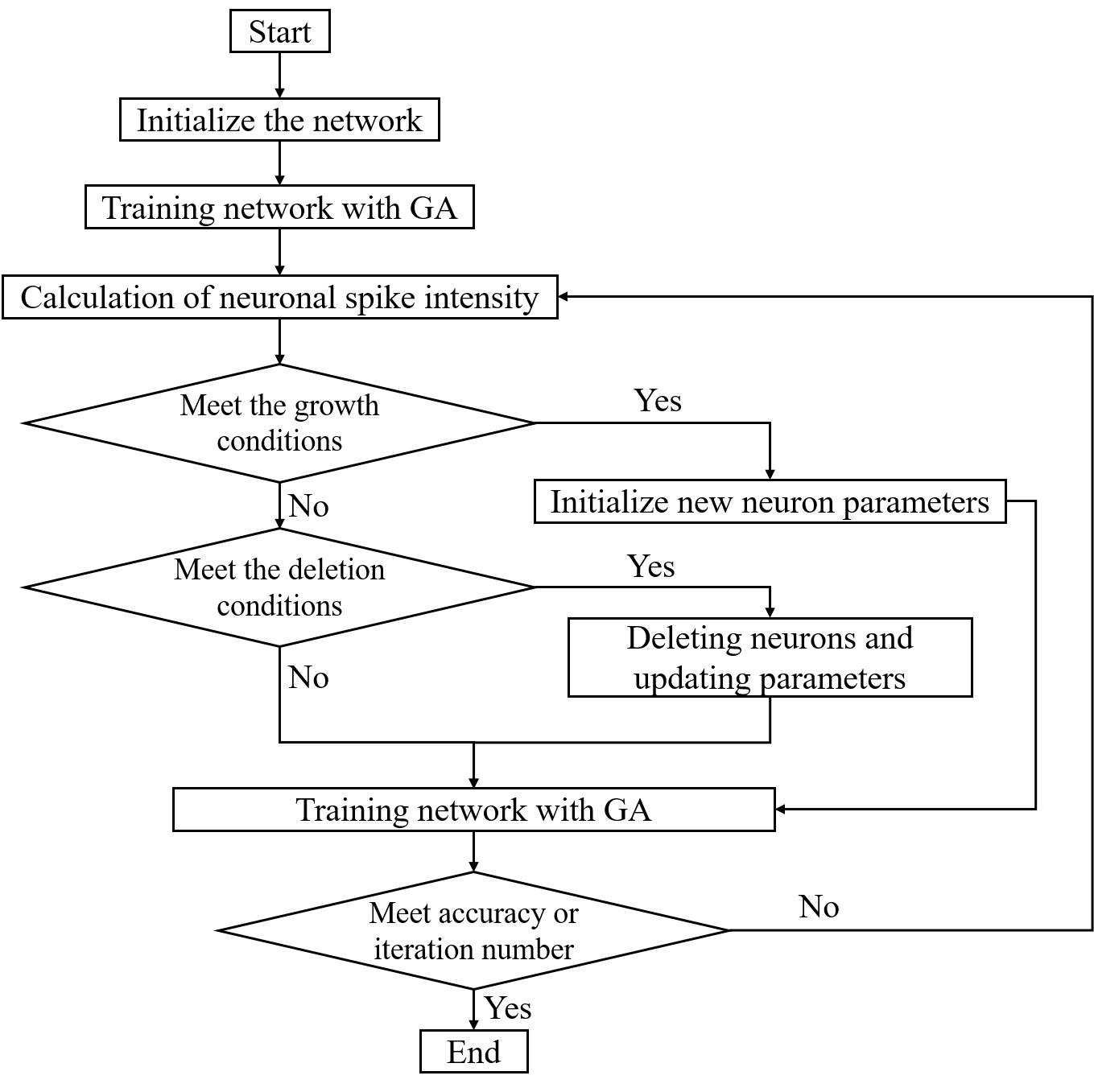 An open access journal
An open access journal
Green Building Technologies: Sustainable Construction and Design
Abstract
Green building technologies play a vital role in promoting sustainable construction and design practices. This paper explores the significance of green building technologies, emphasizing their role in energy-efficient building materials, renewable energy integration, and eco-friendly architecture. It delves into various aspects, including passive solar design, green roofs, and LEED certification. The discussion includes the benefits of green building technologies, such as reduced energy consumption, lower environmental impact, and improved indoor air quality. Moreover, the paper addresses the challenges and considerations in implementing sustainable building practices, including cost-effectiveness and regulatory compliance. Through a review of green building projects and research, the study highlights the positive outcomes associated with the adoption of green construction methods.
Share and Cite
Article Metrics
References
- Kibert, C. J. (2008). Sustainable construction: Green building design and delivery. John Wiley & Sons.
- Liu, K., Wu, W., & Zhang, X. (2018). Research on green building development in China: A review. Renewable and Sustainable Energy Reviews, 81, 1192-1208.
- Röck, M., Malottki, S., & Liese, A. (2019). Sustainable and green building projects as instruments to foster regional innovation. Journal of Cleaner Production, 211, 1145-1156.
- Thomsen, A., & Rose, W. (2009). The impact of LEED-rated affordable housing on building energy consumption. Energy Policy, 37(7), 2757-2767.






